The development of Israel-based Urban Aeronautics’ Cormorant prototype is well underway, with hopes of launching a full-scale development of the aircraft in the near future.
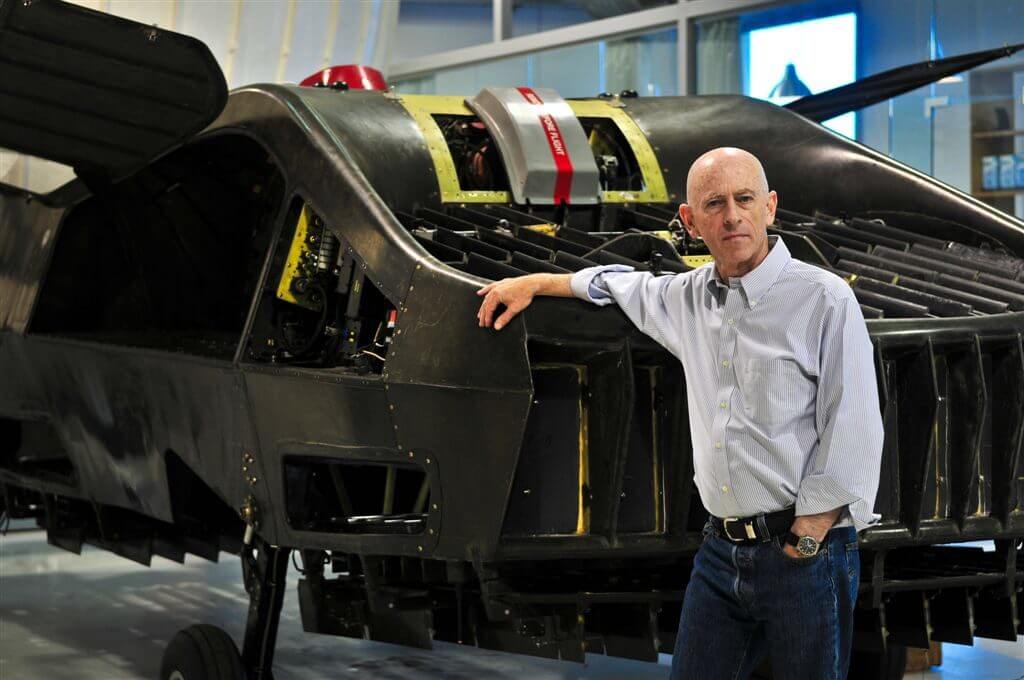
The Cormorant is unlike most other unmanned vertical takeoff and landing (VTOL) aircraft on the market, featuring front and rear rotors that are internal to the fuselage – as opposed to the typical external rotors.
However, this design, which excludes overhead rotors, isn’t the first of its kind. “[The Cormorant] is not very different from Airgeeps that were flown in the ’60s, predominantly by Piasecki Aircraft,” explained Urban Aero’s CEO, Rafi Yoeli.
The Piasecki VZ-8 Airgeep was a VTOL aircraft, similar in configuration to the Cormorant. But the technology in flight control, computers and engines during this time were not strong enough for development completion, Yoeli said.
“At that time, the Vietnam War started and the Bell 204 (Huey) went into service; everything from then onward went to helicopters, and recently tiltrotors, but everyone forgot the ducted fan,” he added. “We resurrected that.”
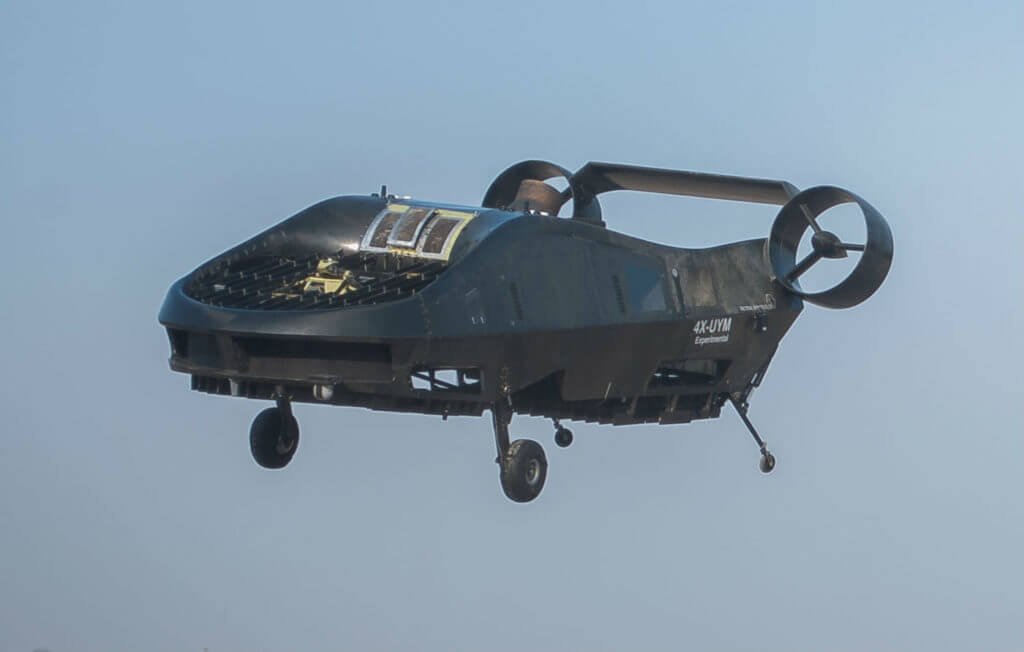
With ergonomic improvements, a flight control system, and a Safran Arriel 2S2 engine, the Cormorant prototype has the same payload-range, speed and altitude performance as small helicopters such as the Bell 206 or MD 500. Yoeli said the final engine on the Cormorant will likely be an Arriel 2N, and the aircraft’s final payload will be 1,100 pounds (500 kilograms) with a range of up to 87 miles (140 kilometers) – plus a 20-minute reserve.
The internal, slow-turning rotors allow for a quieter performance of 70 decibels – 25 decibels quieter than an equivalent helicopter. The company expects the aircraft’s noise will blend in with city traffic from a block (or 820 feet) away. In addition, the internal rotors make for a safer aircraft, where people can stand next to or around it without risk from the external rotors.
Urban Aero has designed the Cormorant to be used as a cargo aircraft, in combination with a casualty evacuation (casevac) vehicle on the return leg. “It’s designed to carry cargo to any point in the battlefield or any point in a disaster zone,” Yoeli said. “It can land in the street, or fly into a damaged nuclear plant, and actually carry with it a large load.” The design allows the Cormorant to land in areas that a traditional helicopter could not.
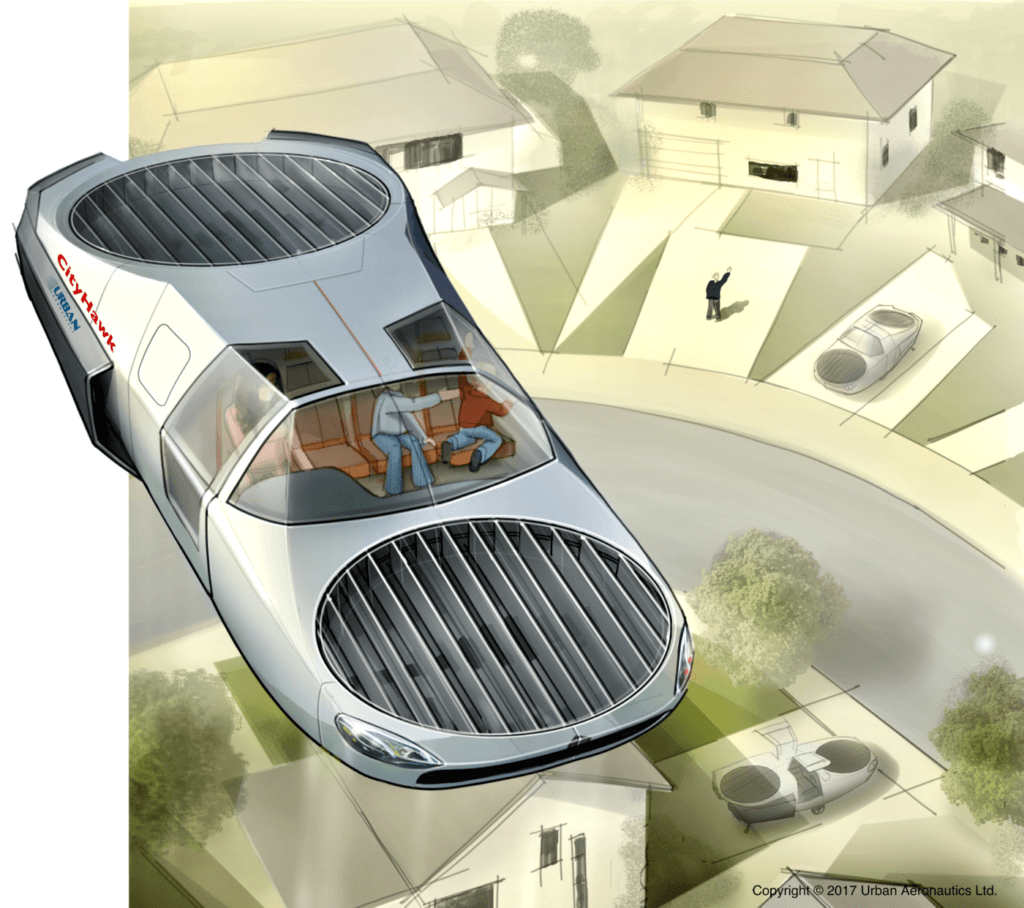
The company has conducted over 250 test flights with the Cormorant, with 1,000 channels of telemetry — including on-board video and sound that’s relayed to the ground in real time. “There’s no doubt that the Cormorant will do the flight envelope that we’ve already proved it can do,” he said. “We think there’s a big future ahead of it.”
While the VTOL/eVTOL market continues to press forward, the company believes this is a positive thing for the Cormorant, as people are becoming more familiar with and accepting of these newer concepts. But one aspect that will set the Cormorant apart from other VTOL aircraft is its source of power.
Urban Aero plans to use jet fuel as a power source for the Cormorant, rather than batteries, as the company says batteries have 20 times the weight of fuel for the same energy content. For instance, in order to fly for 90 minutes with 800 horsepower, the Cormorant would need 440 pounds (200 kilograms) of fuel, but four tons of battery would be needed to do the same, Yoeli explained.
But with a focus on clean energy moving forward, the company’s future fuel is hydrogen – which is pure energy without pollutants like carbon and nitrogen.
Other future goals for the company include a manned version of the Cormorant, which will be referred to as CityHawk, holding a maximum of five passengers plus a pilot — which is roughly the equivalent of 1,100 pounds.
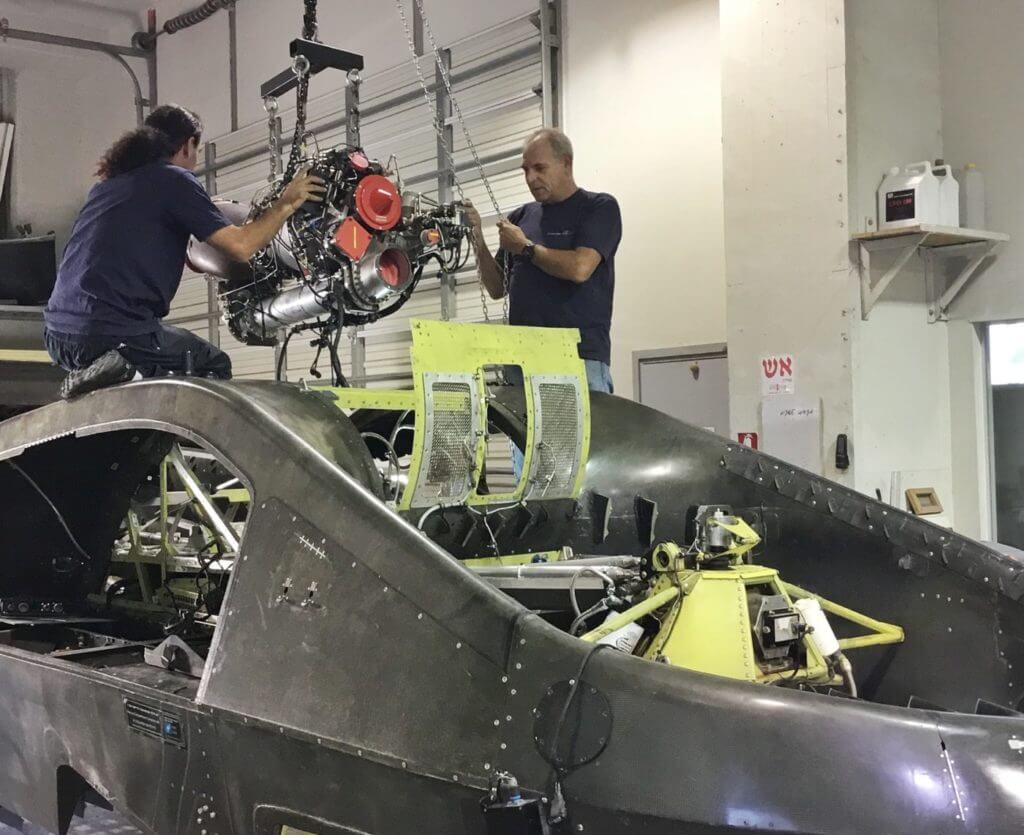
The company plans to start establishing a certification basis for CityHawk together with the FAA or Transport Canada as early as this year. Since both the Cormorant and CityHawk are already designed to existing FAA standards for man-carrying helicopters, Yoeli told Vertical he sees a smooth road ahead with certification. Urban Aero is working closely with Marinvent Corporation on the certification aspects to ensure both aircraft are developed to the highest airworthiness standard.
The Cormorant is projected to be ready for market in four years’ time, with CityHawk following it three years later with an FAA or Transport Canada type certificate.





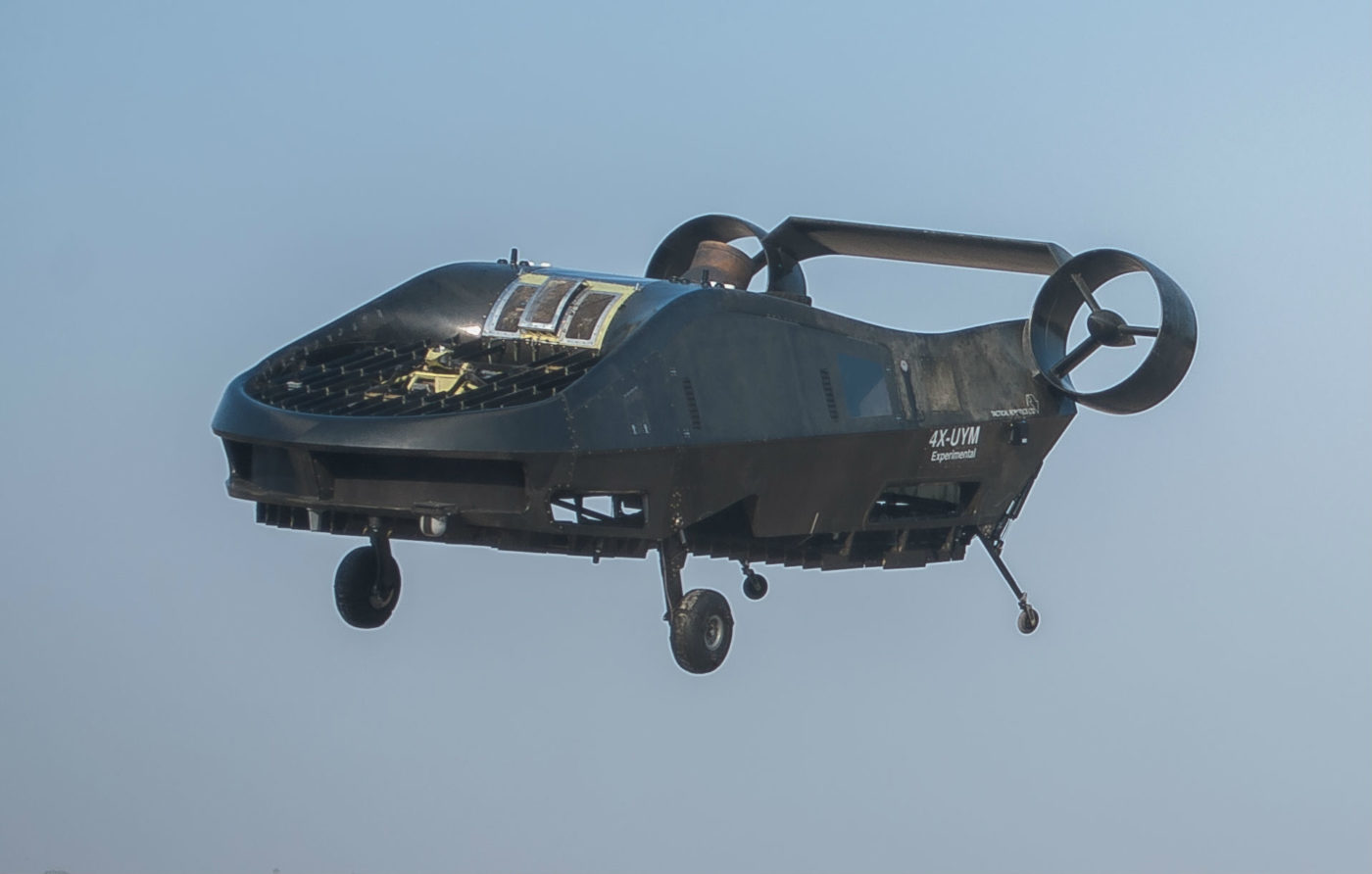




All I want to know is what happens in case of engine failure? Is it capable of autorotation?
From what I’ve read elsewhere it doesn’t need or autorotate because there’s a rocket deployed parachute instead on both the manned and unmanned variants. This in fact almost eliminates the ‘dead man’s curve’ altogether. The manned variant is also twin engined with CAT A takeoff capability which minimizes the risk due to engine failure.